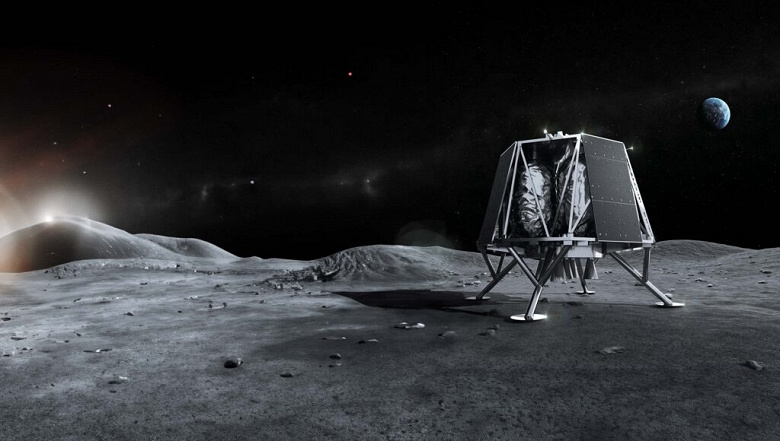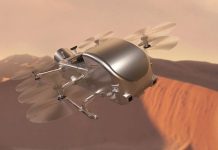The American division of the Japanese company Ispace has revised the design of the lunar lander it is preparing for a NASA mission, postponing the launch of this mission by a year.
Ispace Technologies has unveiled a new design for its lunar lander, called APEX 1.0. The vehicle will be used as part of NASA’s Commercial Lunar Payload Services (CLPS) mission, which was awarded to Draper in July 2022 and which, at the time, planned to use a vehicle called Series-2.
The design revision was driven by the needs of NASA’s scientific workload. “The demands of extreme conditions were not met by the Series-2 design, especially in vibration resistance. We had to completely rethink the design of the device to take into account the requirements,” said Ispace CEO Ron Garan.
The redesign, he said, makes it possible to adapt the device to the widest range of scientific instruments. APEX 1.0 will be able to accommodate up to 300 kilograms of scientific load, with the possibility of increasing to 500 kilograms. The device also supports the ability to launch satellites into lunar orbit, which will be used as part of the CLPS mission to transmit communications from the landing zone on the far side of the Moon.

Japanese company ispace has revised the design of the lunar lander for NASA’s CLPS mission
Garan noted that there is a lot of interest from other customers in hosting payloads both on the CLPS mission and on subsequent missions. We’re talking about rovers, as well as in-situ resource utilization (ISRU) experiments.
The APEX 1.0 design has passed preliminary design reviews, and Ispace plans to complete design reviews by March 2024. However, a revised lander design will delay the mission. When NASA selected the Draper-led team for the mission last year, the launch was scheduled for 2025. Now the mission’s launch has been pushed back to 2026, which has financial implications for the company.
In a Sept. 28 statement, Tokyo Stock Exchange-traded Ispace said it was cutting its sales forecast for the current fiscal year through March 2024 by more than 50% to $20.4 million, while the company expects demand for lunar landers to rise. what motivated the decision to move to a new 4,600-square-meter apartment in the United States?
If we win a few more contracts, we will have rapid growth, and we need adequate premises for this
This facility will be capable of supporting the production of future landers, although assembly, integration, and testing of the mission’s lander will be carried out by other partners. Ispace had about 50 employees three and a half months ago, but now the number has reached 85. Ron Garan predicts that the company will have more than 100 employees by the end of the year.




